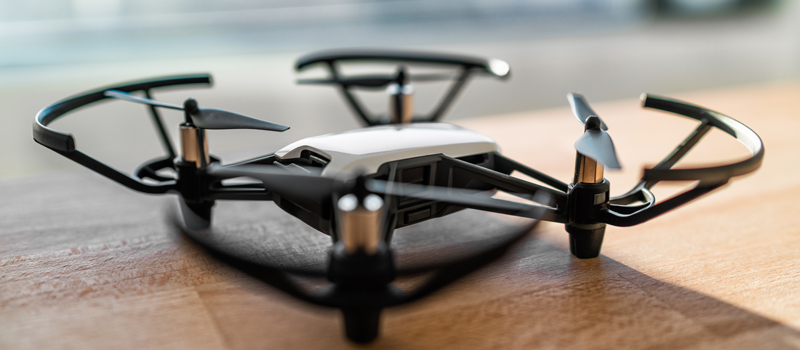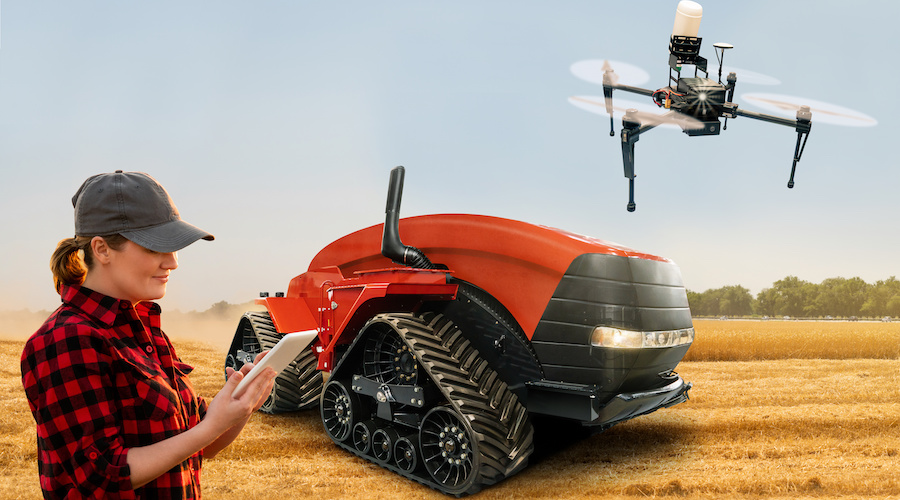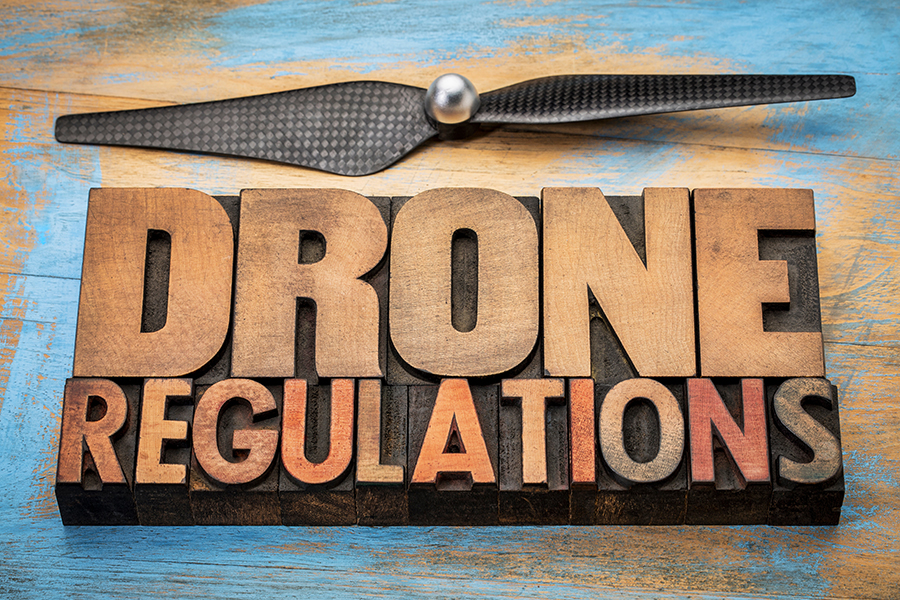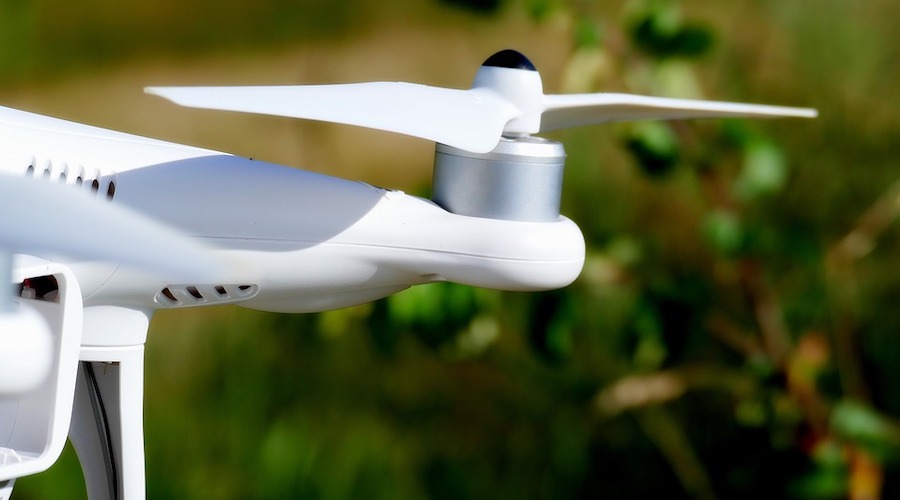Qualcomm Technologies has made quite a name in the drone industry. In March 2021, they were instrumental in the first-ever controller drone flight on Mars using the Ingenuity helicopter. This achievement was a testament to how far drone technology has come.
More recently, Qualcomm announced that they will be launching the Qualcomm Flight RB5 5G Platform. This is set to be the world’s first drone platform that is AI-enabled and has 5G connectivity. How much of a game-changer will this drone be? What unique use cases does the Qualcomm Flight RB5 offer?
Long-range connectivity
When the Qualcomm drone launches, it will be one of the first commercially available drones to have 5G connectivity. Alternatively, drone-to-drone communication is possible via Wi-Fi 6. This can come in handy for swarm-type operations.
With 5G LTE support, the Qualcomm Flight RB5 was designed specifically for BVLOS operations. The high bandwidth capacity of 5G should also help in faster data transmissions, including real-time video from FPV cameras.
All data connections are protected by comprehensive security links and powerful encryption technology via the Qualcomm Secure Processing Unit. This provides the cybersecurity and data protection needs that are essential for long-term data transmission.
Equipped with AI and machine learning
At the very heart (or brain) of this drone is the 5th Generation Qualcomm AI Engine. This is the key to the drone’s autonomous functions. By processing data from the drone’s cameras and sensors, the AI engine aids in obstacle avoidance and path planning.
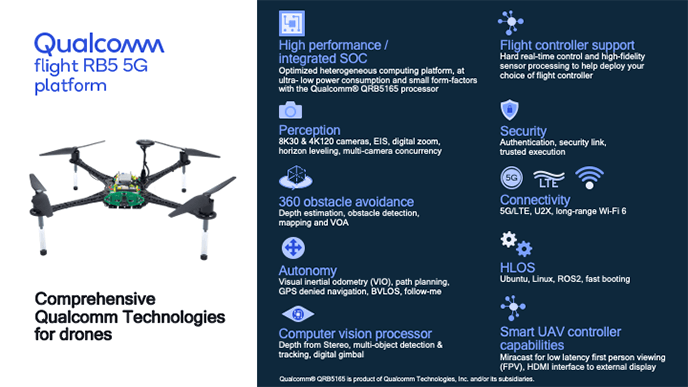
The AI module also provides Electronic Image Stabilization (EIS), digital zoom, horizon leveling, and multi-object detection and tracking to both the 4K and 8K cameras.
Through the Qualcomm Neural Processing SDK, the drone is capable of deep learning and edge computing. This should make mission-critical operations more efficient via faster data analysis.
Top-of-the-line cameras
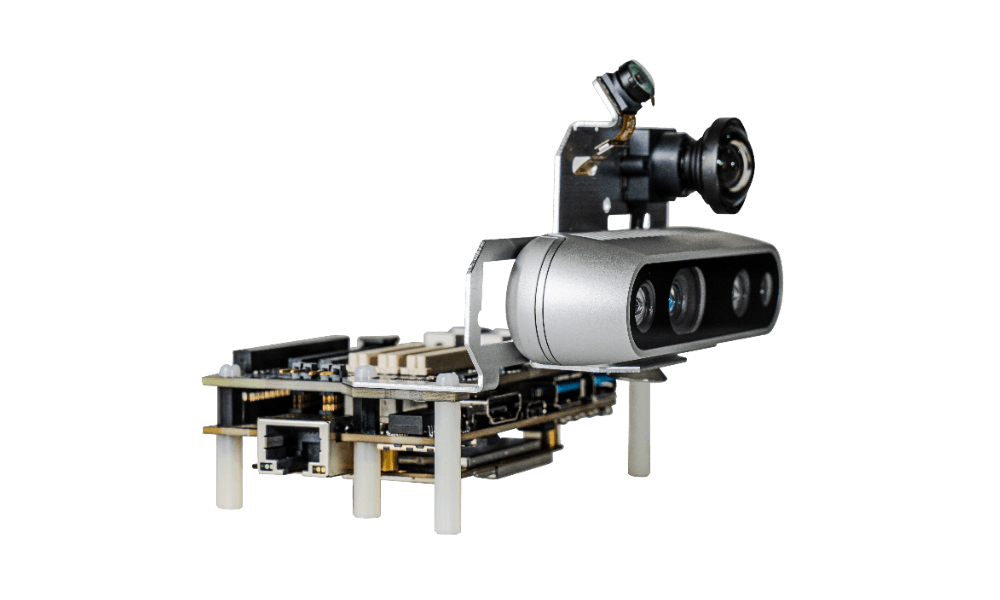
The camera of the Qualcomm Flight RB5 can capture do simultaneous 4K HDR video capture and 64 MP photo capture. If you need higher resolution, it can also record videos at 8K and 30 fps. These image capture capabilities are powered by the Qualcomm Spectra 480 image signal processor.
Potential applications
Qualcomm is optimistic that the Flight RB5 drone can offer tremendous value to various fields and industries. In their official launch, they cited four particular areas where the drone can shine – search and rescue, asset inspection, mapping, and film and entertainment.

The combination of 5G connectivity and AI-aided decision-making is something that no other commercially available drone is yet to offer. This can certainly pave the way for making BVLOS flights safer and more reliable.
In the case of wildfires, Qualcomm states that the drone can be equipped with LIDAR and FLIR cameras. The data from these cameras can then be processed to generate precise analytics on heat intensity, wind speed, and other critical parameters. The 5G connectivity will also help firefighters on the scene in managing the situation in real-time.
The drone can also be a valuable filmmaking tool. The AI capabilities can help in keeping videos smooth and jitter-free even while tracking a moving subject autonomously. The drone is designed deliberately for low-power consumption, which means that it can record aerial shots for a lot longer. This is valuable for movie sets where each minute counts.
For drone mapping, the Qualcomm AI Engine and Qualcomm Spectra ISP are both designed to facilitate the process of “stitching” together with the photographs and generate accurate 3D models. This streamlined workflow can make mapping jobs a lot faster, potentially shortening the lead times needed for such commercial jobs.
Will the new Qualcomm drone be a game-changer?
To be fair, there are also other drones that are set to launch with either 5G or AI capabilities. The Qualcomm drone is unique in that it might be the first drone that combines both. Whether it becomes a game-changer will depend on how well its features perform in real-world settings. Based on the announcement, the drone will come with a lot of proprietary Qualcomm technologies that we have never seen in drones before.
Arguably, any drone that can promise safer and more reliable BVLOS operations is a potential game-changer. This has been the marketing hook of many up-and-coming drones that feature LTE-based connectivity. Once the FAA regulations allow it, drones that can fly reliably in the BVLOS range will certainly be in high demand.
The advantage of the Qualcomm drone is that it also comes with smart features via an AI module. Considering how dynamic the field of drone operations still is, this can certainly be a valuable feature. Unlike a fixed algorithm, AI can be enhanced either via deep learning or firmware upgrades. Again, this AI module is something that we will have to see in a real-world demonstration before we can properly assess its usefulness.
The Qualcomm Flight RB5 5G Platform is expected to be available by 4Q 2021.
